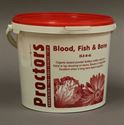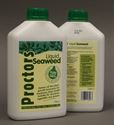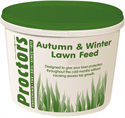With winter well and truly on its way you may be thinking it’s time to stock up on rock salt to keep your driveways and paths ice-free during the colder weather. However, popular as rock salt is for gritting and de-icing, many are now questioning the environmental impact of spreading so much salt around. Rock salt is mainly made up of sodium chloride (the same as the table salt you put on your food) often mixed with sand and anti-caking agents and although sodium chloride is a naturally occurring chemical and is harmless in low concentrations, high concentrations of it can have a number of negative effects.
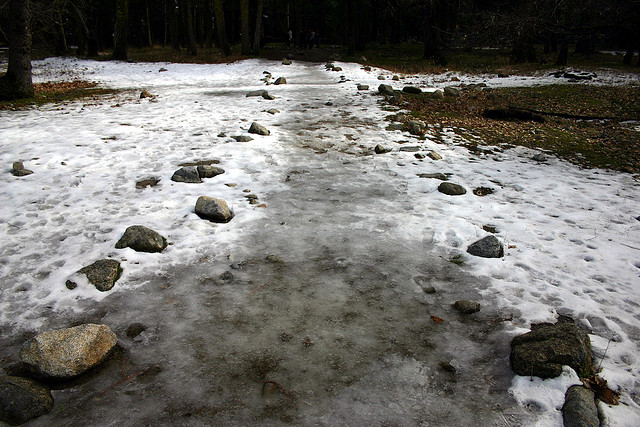
PHOTO BY MELISSA WIESE / CC BY
Plants
When rock salt is used to melt ice the sodium chloride dissolves into the water produced. This results in highly salty water which can then make its way into the surrounding soil where it can damage or even kill nearby plant life. This is obviously of particular concern to anyone with a lawn, flowerbed or vegetable bed near to the area they are salting and it can have a significant impact on the quality of your grass or other plants come the spring.
Wildlife
Amphibians can be particularly at risk from high concentrations of sodium chloride. They have highly permeable skin meaning they may absorb salty water from melting ice which can be fatal to them. This is particularly bad news as amphibians such as frogs and toads help control many garden pests, such as slugs.
Birds can also be at risk as many species rely on eating a certain amount of mineral grit to keep their digestive system healthy. These birds can mistake rock salt for the grit they need and end up consuming large quantities of sodium chloride which is very bad for their health.
The salty water running off our drives, roads and paths can also make its way into streams and rivers where, in high enough concentrations, it can be extremely damaging.
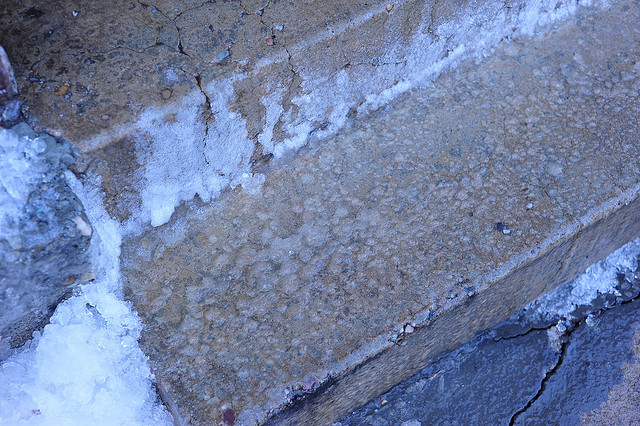
PHOTO BY NATE GRIGG / CC BY
Our alternative to rock salt
We supply an environmentally-friendly alternative to rock salt, Ice Away, which contains no hazardous chemicals, helping to cut down contamination of nearby soil and waterways. Although Ice Away does contain sodium chloride, this is mixed which magnesium chloride (another naturally occurring compound) making Ice Away five times as effective as rock salt, meaning you only need to use a fifth of the amount. This significantly decreases the concentration of salt entering the environment as well as making Ice Away highly cost-effective.
Ice Away comes in the form of easy to spread flakes which prevent slipping and have the ability to penetrate ice and break its bond with the surface underneath. This helps break up the ice, speeds up melting and helps ensure that, even if re-freezing occurs, the surface will be safer to walk on. The addition of magnesium chloride also makes Ice Away much more effective at lower temperatures than traditional rock salt. As an added bonus, Ice Away is white and turns clear when used, meaning you won’t find yourself walking any unsightly residue inside as often happens with rock salt.
To find out more about Ice Away or any of our other environmentally-friendly products, head over to our contact page where you can fill out our online enquiry form. Alternatively give us a call on 0117 311 1217.









